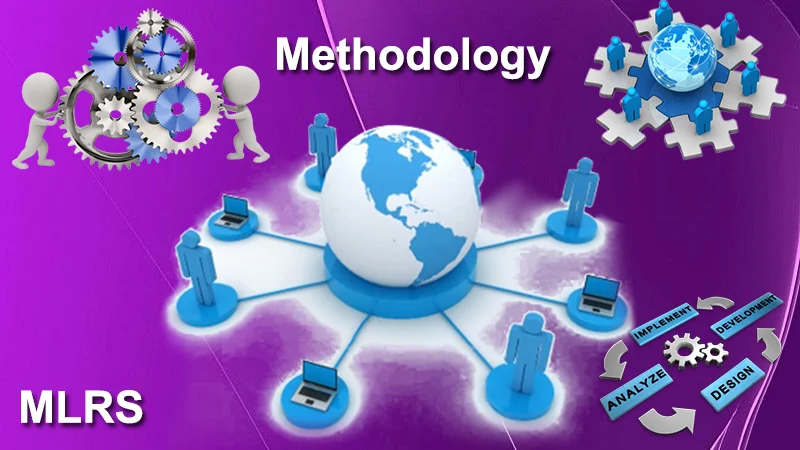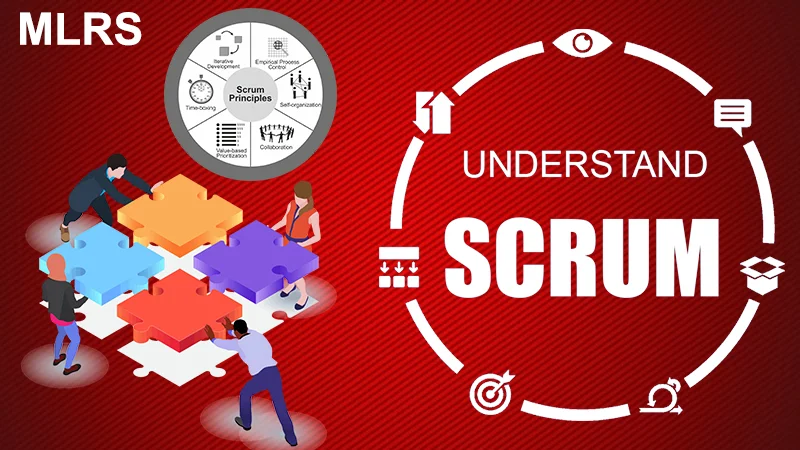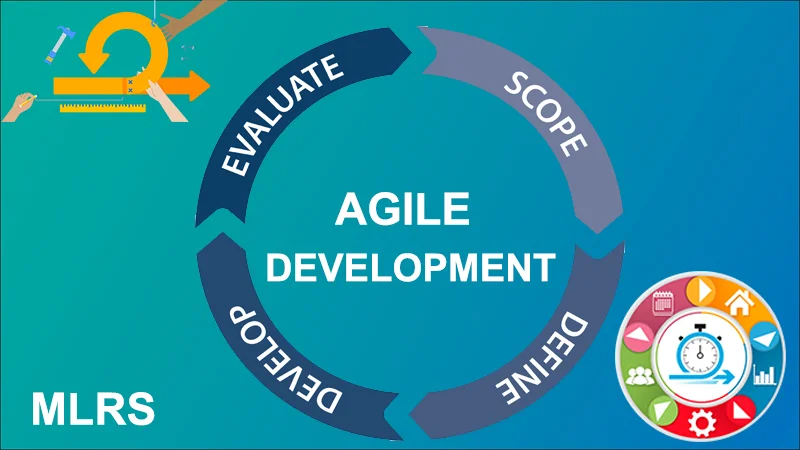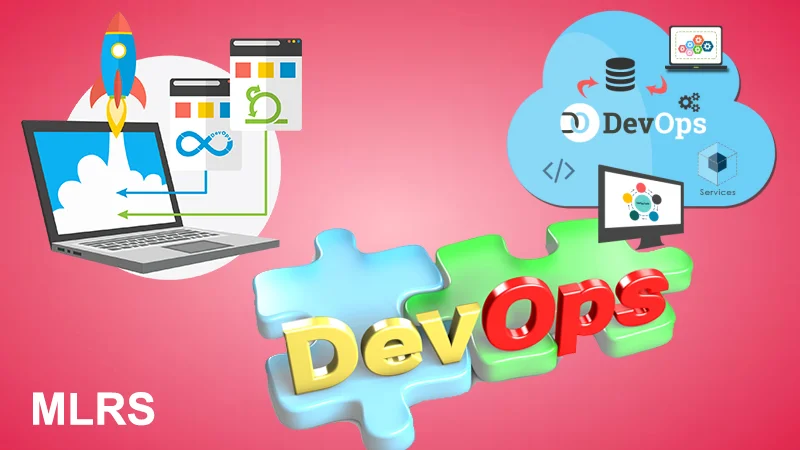Methodology
Everything we do at MLRS is characterized by a Design thinking mindset. We ensure that every employee, no matter their speciality or department, follow these principles and apply them to their daily work. Our software engineers are equipped with the latest skillset available in the market. A team of such developers working with this method is our guarantee of excellence.
Below are some of the key points of the methodologies used in MLRS.

We follow below five steps of the Software Design
To Empathize we
Observe – Users and their context
Engage – Interview and seek the “why”
Track – Pay attention to the smallest of details
To Define we
Identify patterns
Synthesize insights
Classify needs Methodology
To Ideate we
Combine analytical thought with creative techniques
Brainstorm, mind map, sketch, storyboard, SCAMPER
Challenge every assumption we’ve made so far
To Prototype we
Build: Fast and lean
Identify our variables
Keep the user in mind
To Test we
Show don’t tell: We put the prototype in the user’s hands
Create experiences; not explanations
Ask users to compare between several prototypes


Whenever possible, we apply each of these steps. When circumstances don’t allow it, we retain the philosophy and aim: To innovate and simplify in order to make the highest quality software in the most efficient way possible.
Scrum
Priorization – Collaboration – Iteration
Every one of our teams is led by example who ensures that every project is guided by these principles.

We rapidly prioritize tasks, divide responsibilities efficiently and time-box every element. We revise and correct our course continuously through Sprints and iterations. Providing our talented developers with organized and efficient leaders is one of the keys to our success. During complex projects, teams working with this methodology hold daily Scrum meetings, keeping track of done and pending tasks with the best available project management tools and software.
During these brief and efficient meetings, we focus on the 3 essential questions of Scrum
What did you accomplish since the last meeting?
What are you working on until the next meeting?
What is getting in your way?
In short sprints, our teams are able to continuously re-prioritize tasks and reduce the product backlog with consistent efficiency. We are aware, however, that there’s no silver bullet and that every project has different needs and demands a specific team structure and method of work. This is why at MLRS we have specialized teams trained in seven different methodologies, covering a wide range of functions and strengths.


